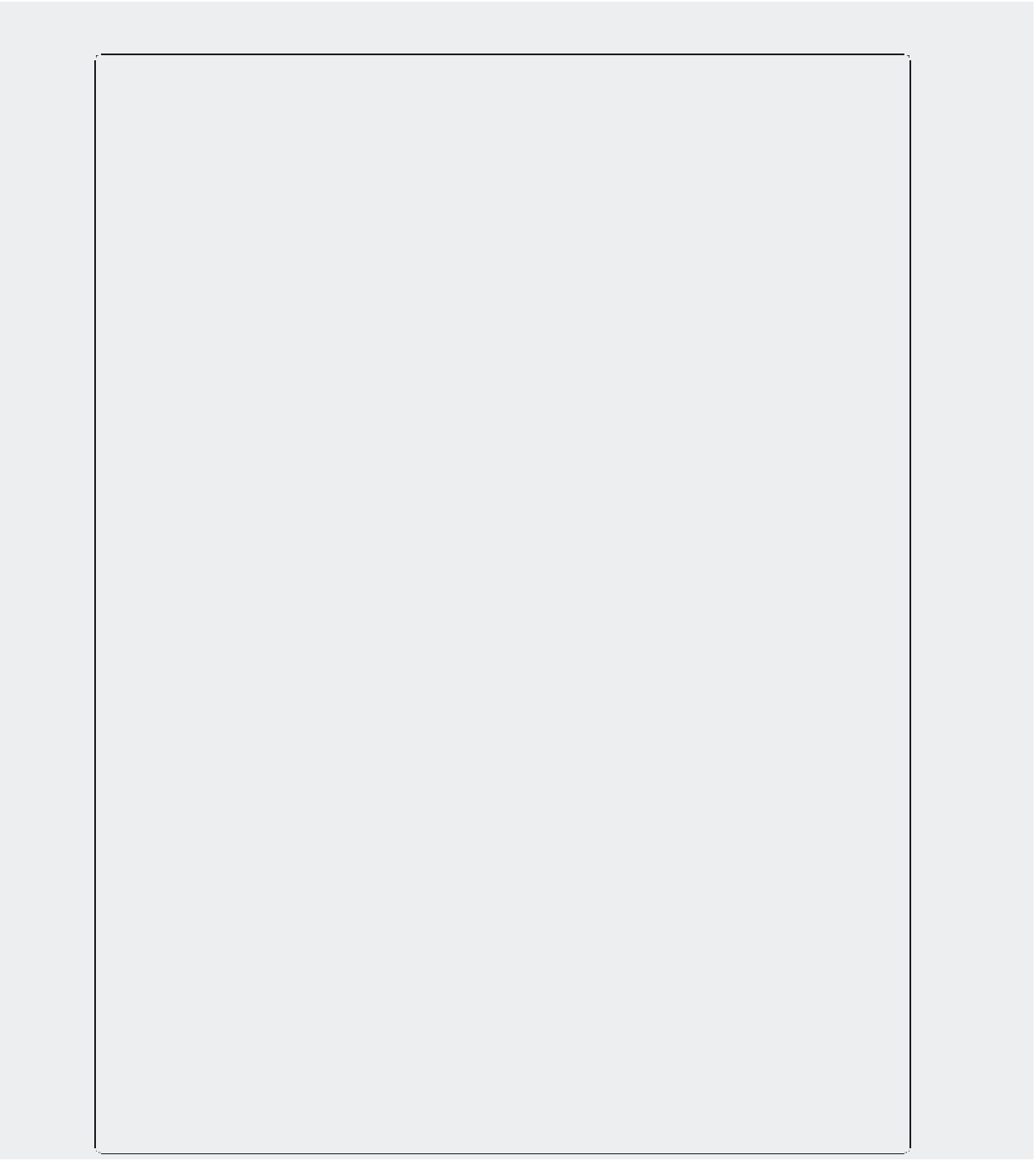Java Reference
In-Depth Information
Guidelines for Preparation of Flowcharts
Before the flowchart can be drawn, a thorough analysis of the problem, the input data, and the desired
output results must be performed. The program logic required to solve the problem also must be
determined. On the basis of this analysis, a
general flowchart
illustrating the main path of the logic
can be sketched. This flowchart can be refined until the overall program logic is fully determined. This
general flowchart is used to make one or more
detailed flowcharts
of the various branches of and
detours from the main path of the program logic. After each detailed flowchart has been freed of logi-
cal errors and other undesirable features, such as unnecessary steps, the actual coding of the program
in a computer language can be undertaken.
Straight-Line Flowcharts
Figure A-1 illustrates a general, straight-line flowchart. A
straight-line flowchart
is one in which
the symbols are arranged sequentially, without any deviations or looping, until the terminal symbol
that represents the end of the flowchart is reached. Once the operation indicated in any one symbol
has been performed, that operation is never repeated.
Start
Input
Process
Output
End
FIGURE A-1
Flowcharts with Looping
A general flowchart that illustrates an iterative, or repeating, process known as
looping
is shown in
Figure A-2. The logic illustrated by this flowchart is in three major parts: initialization, process, and
wrap-up. A flowline exits from the bottom symbol in Figure A-2 and enters above the diamond-shaped
decision symbol that determines whether the loop is to be executed again. This flowline forms part of














Search WWH ::

Custom Search